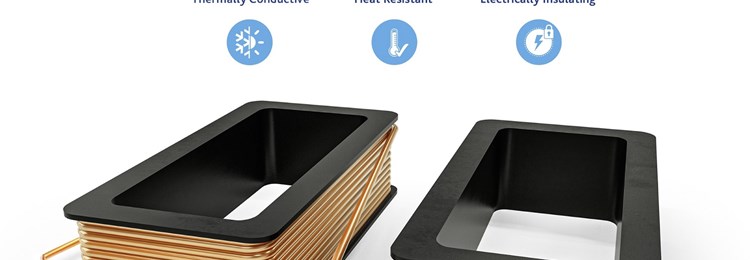
Filling a gap
Date: Friday 24 September 2021
“We saw the need for an enhanced material solution and, given Freudenberg’s polymer material expertise, set out to develop a new family of materials that directly addressed the challenges created in an e-motor environment,” said Ray Szparagowski, Engineering Fellow, High Performance Plastics at Freudenberg Sealing Technologies.
Plastics are often used in electric components and systems. For such applications, specifications, and requirements such as mechanical properties, temperature capabilities and thermal conductivity are considered in the material selection. In addition, the material must provide good electrical resistance to isolate the system for safety reasons.
In general, plastics offer good electrical resistance but are poor conductors of heat compared to metals. Losses in electric motors due to windage, friction, iron, and winding, for example, manifest as undesirable heat build-up that raises the temperature inside the motor. As a result, the optimal material would offer both high thermal conductivity and good electrical isolation to optimize motor performance. But such a material did not exist – until now.
Newly developed thermoplastic compounds from Freudenberg provide improved thermal conductivity and electrically insulating properties for higher performance in electric motors.
In developing the materials, Freudenberg Sealing Technologies focused on engineering polymers used as bobbins or slot liners. Primarily used to provide insulation in the slot between the motor winding and the magnetic plate, bobbins also act as container for stator windings, help retain shape, provide rigidity, offer ease of assembly of the windings onto the stator core and help protect the windings from damage and vibration during assembly and operation.
